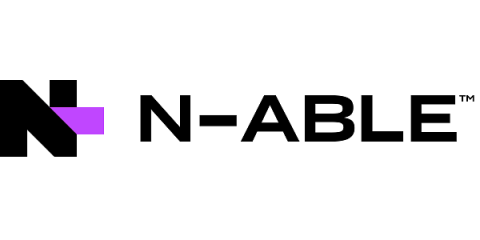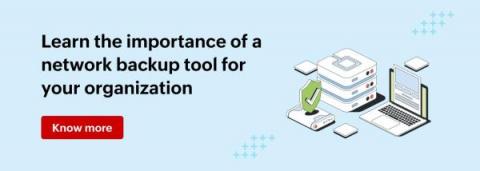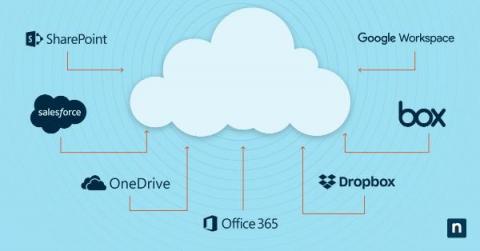Operations | Monitoring | ITSM | DevOps | Cloud
Backup
Ensuring Business Continuity with Cloud Backup
Double Down on Your Backups
8 Advanced Tech Solutions for Reducing Business Downtime
Leveraging Cloud Infrastructure for Remote Work
Introduction to Azure Files Backup
Azure Files is Microsoft’s robust file storage solution, offering the ability to access data seamlessly from various locations using standard protocols. But in the world of IT, where data is the heartbeat of operations, its safety is paramount. That’s where Azure Files Backup comes into play. In a digital era, where data loss can spell catastrophe, backing up your valuable files is more than a best practice; it’s a necessity.
7-Step Method to Back Up Unsupported Datasources in Cove
Cove Data Protection includes several plugins we refer to as data sources (or datasources/sources), for example, Exchange, MsSQL, and MySQL. However, if you are running software we do not have a datasource for, you must ensure the resulting restore will be consistent and error-free.
The importance of a network backup tool
Configurations are regarded as the core of networks due to their importance. With businesses continually advancing and relying on networks for storing, processing, and transmitting critical data, the complexity of network management has increased, leading to difficulties and human errors that can cause significant network downtime.
SaaS Backup: Complete Guide & Best Practices
The cloud is integral to many organizations, and a substantial number regularly use SaaS applications during daily business operations. However, not all organizations have implemented backups, which can create problems such as accidental deletion, security incidents, or hardware failure. SaaS providers do not solve these problems, so the best and easiest way to protect your organization from downtime and losses is to implement SaaS Backup.










